Home>Gardening & Outdoor>Landscaping Ideas>What Will Kill Dandelions But Not The Grass
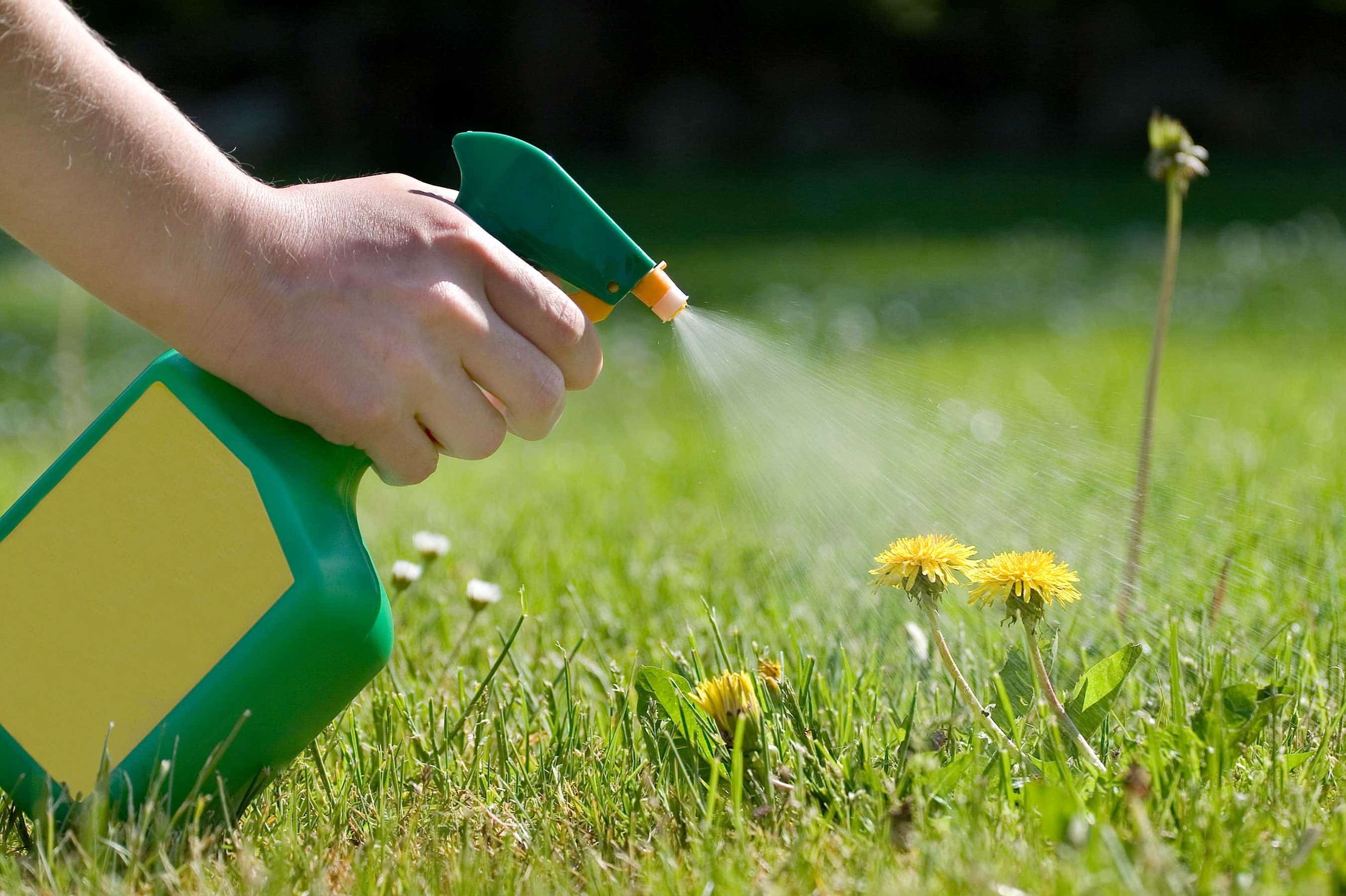

Landscaping Ideas
What Will Kill Dandelions But Not The Grass
Modified: February 18, 2024
Discover effective landscaping ideas to eliminate dandelions without harming your grass. Learn how to achieve a weed-free lawn today!
(Many of the links in this article redirect to a specific reviewed product. Your purchase of these products through affiliate links helps to generate commission for Storables.com, at no extra cost. Learn more)
Introduction
Welcome to the eternal battle of the backyard: dandelions versus grass. If you’ve ever waged war against these stubborn yellow invaders, you know how relentless they can be. Dandelions, with their bright yellow blooms and feathery seeds, seem to thrive effortlessly, often at the expense of your carefully manicured lawn. However, fear not, for there are effective strategies to reclaim your turf without causing harm to the grass.
In this comprehensive guide, we’ll delve into the world of dandelions and explore the most effective methods for eradicating them while preserving the health and beauty of your grass. From understanding the nature of dandelions to uncovering selective herbicides and natural remedies, we’ll equip you with the knowledge to combat these resilient weeds.
Whether you’re a seasoned gardener or a newcomer to the realm of lawn care, this article will provide valuable insights and practical solutions to address the age-old question: “What will kill dandelions but not the grass?” Let’s embark on this horticultural journey and reclaim the lush, dandelion-free lawn you deserve.
Key Takeaways:
- Say goodbye to dandelions without harming your grass by using methods like hand pulling, core aeration, and selective herbicides like 2,4-D and dicamba.
- Prevent dandelion growth by practicing optimal lawn care, using natural remedies like vinegar and boiling water, and enhancing soil health through aeration and topdressing.
Read more: What To Use To Kill Dandelions In Grass
Understanding Dandelions
Before diving into battle against dandelions, it’s essential to understand the adversary. Dandelions, scientifically known as Taraxacum officinale, are perennial broadleaf weeds that have earned a notorious reputation for their resilience and prolific seed production. Their deep taproots make them adept at absorbing nutrients and moisture from the soil, allowing them to thrive in various conditions, including compacted soil and neglected lawns.
One of the most recognizable features of dandelions is their bright yellow flowers, which eventually transform into iconic spherical seed heads, dispersing seeds with the slightest breeze. This efficient method of reproduction contributes to the pervasive nature of dandelions, as each plant can produce hundreds of seeds, perpetuating their presence across lawns and landscapes.
Despite their tenacity, dandelions are not invincible foes. By understanding their life cycle and growth habits, you can develop targeted strategies to control and eliminate them. Timing is crucial, as dandelions are most vulnerable during specific stages of growth. Armed with this knowledge, you can effectively implement measures to prevent their spread and minimize their impact on the health and appearance of your lawn.
By gaining insight into the biology and behavior of dandelions, you’ll be better equipped to choose the most suitable methods for eradicating them while safeguarding the well-being of your grass. Let’s explore the diverse arsenal of techniques available to combat dandelions and restore the vitality of your lawn.
Methods for Killing Dandelions
When it comes to eliminating dandelions from your lawn, a multifaceted approach often yields the best results. By combining targeted techniques, you can effectively address existing dandelions while implementing measures to prevent their resurgence. Here are several proven methods for eradicating dandelions and reclaiming the lush expanse of your grass:
- Hand Pulling: For isolated dandelions or small infestations, hand pulling can be an effective method. Ensure the soil is moist, grasp the dandelion at its base, and gently but firmly pull upward to extract the entire root. This manual approach is labor-intensive but can be particularly useful for preventing seed dispersal.
- Dandelion Digging Tool: A specialized dandelion digging tool, featuring a narrow, fork-like design, facilitates the targeted removal of dandelions and their taproots. This tool minimizes soil disturbance and enables precise extraction, reducing the likelihood of regrowth.
- Core Aeration: Core aeration not only improves the overall health of your lawn but also disrupts compacted soil, making it less hospitable for dandelion growth. By creating channels for air, water, and nutrients to penetrate the soil, core aeration promotes the vitality of grass while impeding the proliferation of dandelions.
- Overseeding: Introducing new grass seed to your lawn through overseeding can help fill in bare areas and compete with dandelions for resources. Opt for grass varieties that are well-suited to your region and soil conditions, enhancing the resilience of your lawn against weed encroachment.
- Mowing Practices: Maintaining an optimal mowing height for your grass discourages dandelion growth and promotes a dense, healthy turf. Adjust your mower to the recommended height for your grass type, ensuring that it remains vigorous and shades the soil, hindering dandelion establishment.
By integrating these methods into your lawn care regimen, you can effectively target dandelions while fostering the robust growth of your grass. However, for widespread dandelion infestations or persistent weeds, additional measures such as selective herbicides may be necessary to achieve comprehensive control.
Selective Herbicides for Dandelions
When faced with extensive dandelion infestations or persistent weed growth, selective herbicides tailored for broadleaf weed control can be valuable allies in your quest for a dandelion-free lawn. These herbicides are formulated to target broadleaf weeds such as dandelions while sparing grass species, providing an effective and efficient solution for weed management.
One of the most commonly used selective herbicides for dandelion control is 2,4-D, a synthetic auxin that disrupts the normal growth patterns of broadleaf weeds, ultimately leading to their demise. When applied according to label instructions, 2,4-D effectively targets dandelions while minimizing impact on desirable grasses, making it a popular choice for lawn weed control.
Another selective herbicide of note is dicamba, which exhibits potent activity against broadleaf weeds like dandelions while exhibiting a favorable margin of safety for many turfgrass species. When selecting a selective herbicide, it’s crucial to identify products specifically formulated for use on lawns and to adhere to application guidelines to ensure optimal efficacy and safety.
Before applying any herbicide, carefully read and follow the label instructions, taking necessary precautions to protect desirable plants and the environment. Timing is a critical factor in herbicide application, as targeting dandelions during their active growth stages enhances the effectiveness of the treatment.
Furthermore, consider environmental factors such as temperature and moisture levels, as these can influence the absorption and translocation of herbicides within the target plants. By aligning your herbicide application with optimal conditions and growth stages, you can maximize the impact on dandelions while safeguarding the health and vibrancy of your grass.
While selective herbicides can be potent tools in dandelion control, it’s important to exercise caution and prudence in their use, ensuring compliance with local regulations and best practices for responsible herbicide application. By integrating selective herbicides into your weed management strategy, you can effectively combat dandelions and cultivate a flourishing, dandelion-free lawn.
Use a selective herbicide containing 2,4-D or dicamba to target dandelions without harming the grass. Apply in early spring or fall for best results.
Natural and Homemade Remedies for Dandelions
For those seeking alternative approaches to dandelion control, natural and homemade remedies offer environmentally friendly solutions that can effectively target these resilient weeds. From common household ingredients to eco-friendly products, an array of options exists for managing dandelions without resorting to synthetic chemicals. Here are several natural and homemade remedies to combat dandelions and restore the pristine beauty of your lawn:
- Vinegar Solution: Household vinegar, particularly horticultural vinegar with a higher acetic acid concentration, can be utilized as a natural herbicidal spray. When carefully applied to dandelions on a sunny day, the acetic acid disrupts the cellular structure of the weeds, causing desiccation and eventual decay. Exercise caution to prevent unintended contact with desirable plants, as vinegar can affect a wide range of vegetation.
- Boiling Water: A simple and eco-friendly approach involves pouring boiling water directly onto dandelions, effectively scalding and damaging the foliage and roots. This method is best suited for spot treatments and can be particularly effective for dandelions growing in pavement cracks or along edges where grass is not present.
- Corn Gluten Meal: Derived from corn, corn gluten meal serves a dual purpose as a natural pre-emergent herbicide and a source of nitrogen for your lawn. When applied in early spring before dandelion seeds germinate, corn gluten meal inhibits root development, effectively suppressing dandelion growth while nourishing your grass.
- Homemade Weed Control Spray: Crafting a homemade weed control spray using ingredients such as liquid soap, salt, and essential oils can provide a natural and customizable approach to dandelion management. By formulating a targeted spray and applying it directly to dandelions, you can disrupt their cellular integrity and impede their growth without resorting to synthetic herbicides.
While natural and homemade remedies offer eco-conscious alternatives for dandelion control, it’s essential to exercise care and precision in their application to minimize unintended effects on surrounding vegetation. Additionally, it’s important to manage expectations, as natural remedies may require repeated applications and integrated strategies to achieve comprehensive dandelion suppression.
By incorporating these natural and homemade remedies into your weed management repertoire, you can pursue dandelion control in an environmentally responsible manner, nurturing the health and resilience of your lawn while minimizing the impact on the ecosystem.
Read more: How To Kill Dandelions But Not Grass
Preventing Dandelion Growth
While addressing existing dandelions is crucial, implementing proactive measures to prevent their growth and proliferation is equally essential for maintaining a dandelion-free lawn. By adopting preventive strategies and fostering optimal conditions for grass vitality, you can create an inhospitable environment for dandelions, minimizing their establishment and perpetuation. Here are several effective methods for preventing dandelion growth and fortifying the resilience of your lawn:
- Optimal Lawn Care Practices: Regular mowing, appropriate fertilization, and adequate irrigation are fundamental components of proactive lawn care that promote the vigor and density of grass, reducing opportunities for dandelion encroachment. By adhering to a consistent lawn care regimen tailored to your grass species and regional climate, you can fortify your lawn against weed infiltration.
- Weed Barrier Installation: Installing a physical weed barrier, such as landscape fabric, beneath mulch or decorative rock in garden beds and around landscaping features, can hinder the emergence of dandelions and other weeds. This barrier impedes weed seed germination and minimizes the need for extensive manual weeding, contributing to a tidier and more weed-resistant landscape.
- Soil Health Enhancement: Prioritizing soil health through practices such as core aeration, topdressing with compost, and incorporating organic matter fosters an environment conducive to robust grass growth while diminishing the competitive advantage of dandelions. Healthy, well-aerated soil supports the development of strong, deep grass roots, enhancing the lawn’s ability to outcompete weeds.
- Timely Seed Germination: When overseeding bare or thin areas of your lawn, aim to time the seeding process to coincide with optimal germination conditions for your chosen grass species. By strategically introducing new grass seed and promoting rapid establishment, you can reduce available space and resources for dandelion colonization.
By integrating these preventive measures into your lawn care routine, you can create an environment that is inhospitable to dandelions while fostering the flourishing growth of your grass. It’s important to approach dandelion prevention holistically, considering the interplay of cultural practices, environmental factors, and strategic interventions to maintain a resilient and visually appealing lawn.
Ultimately, by proactively addressing the conditions conducive to dandelion growth and implementing preventive measures, you can establish a robust defense against these persistent weeds, preserving the beauty and integrity of your lawn for years to come.
Conclusion
Congratulations on embarking on the journey to reclaim your lawn from the clutches of dandelions. By delving into the intricacies of dandelion control and exploring a diverse array of methods and remedies, you’ve gained valuable insights and practical strategies to combat these resilient weeds while nurturing the health and beauty of your grass.
From understanding the biology and behavior of dandelions to implementing targeted methods for eradication and prevention, you’ve acquired a comprehensive toolkit to address the age-old question: “What will kill dandelions but not the grass?” Armed with this knowledge, you can approach dandelion management with confidence, knowing that you have a repertoire of effective, environmentally conscious techniques at your disposal.
Remember, the battle against dandelions is an ongoing endeavor, requiring diligence and adaptability to maintain a dandelion-free lawn. By integrating a combination of cultural practices, natural remedies, and selective herbicides, you can create an environment that favors the vitality of your grass while impeding the persistence of dandelions.
As you apply these strategies and witness the transformation of your lawn, take pride in the dedication and care you’ve invested in nurturing a vibrant, dandelion-free landscape. Whether you’re a seasoned gardener or a newcomer to the realm of lawn care, your commitment to maintaining a healthy and visually appealing lawn will yield enduring rewards for you and your outdoor sanctuary.
With each dandelion vanquished and each blade of grass thriving, you’re not only cultivating a beautiful lawn but also creating a haven for relaxation, recreation, and natural splendor. Embrace the journey, savor the victories, and revel in the lush expanse of green that reflects your unwavering stewardship of your outdoor oasis.
Here’s to a dandelion-free lawn and the joy of nurturing a landscape that flourishes under your dedicated care. May your lawn be a testament to the harmonious coexistence of vibrant grass and the absence of pesky dandelions, a testament to your horticultural prowess and reverence for the natural world.
Frequently Asked Questions about What Will Kill Dandelions But Not The Grass
Was this page helpful?
At Storables.com, we guarantee accurate and reliable information. Our content, validated by Expert Board Contributors, is crafted following stringent Editorial Policies. We're committed to providing you with well-researched, expert-backed insights for all your informational needs.
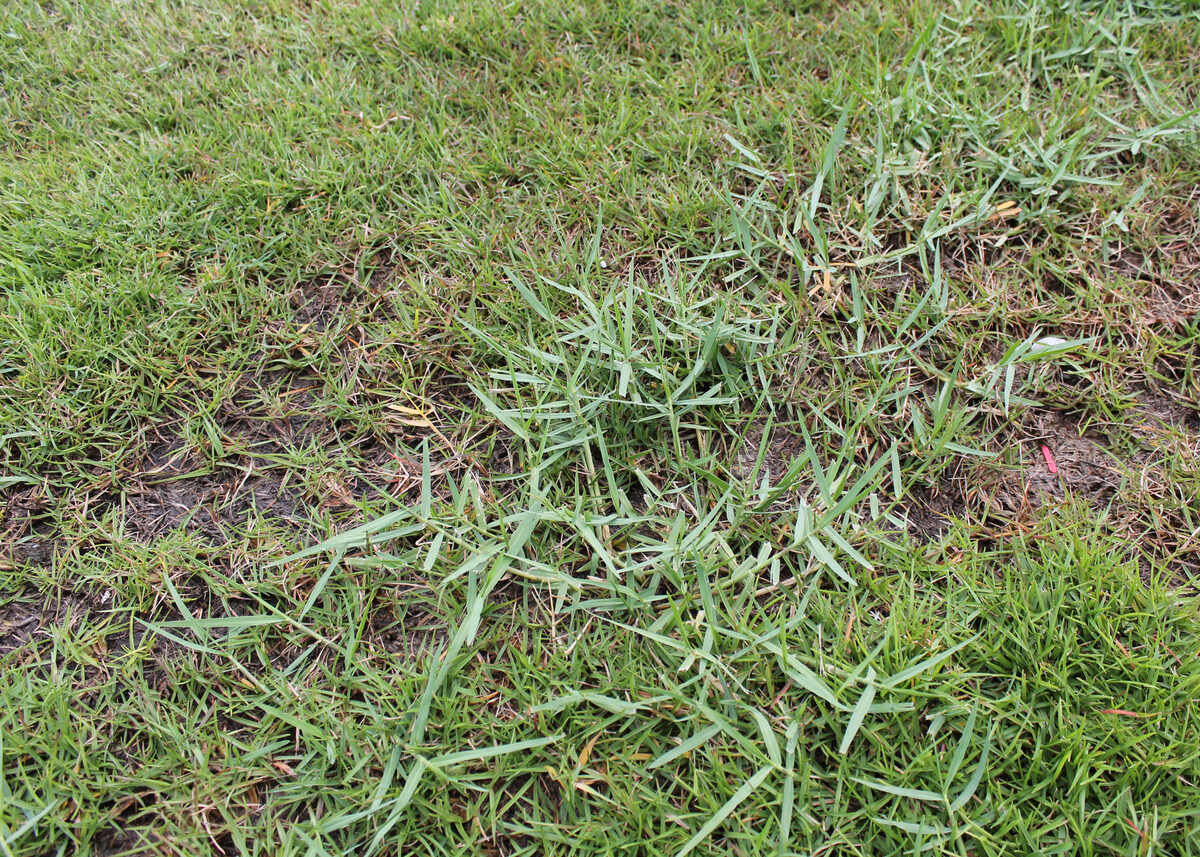
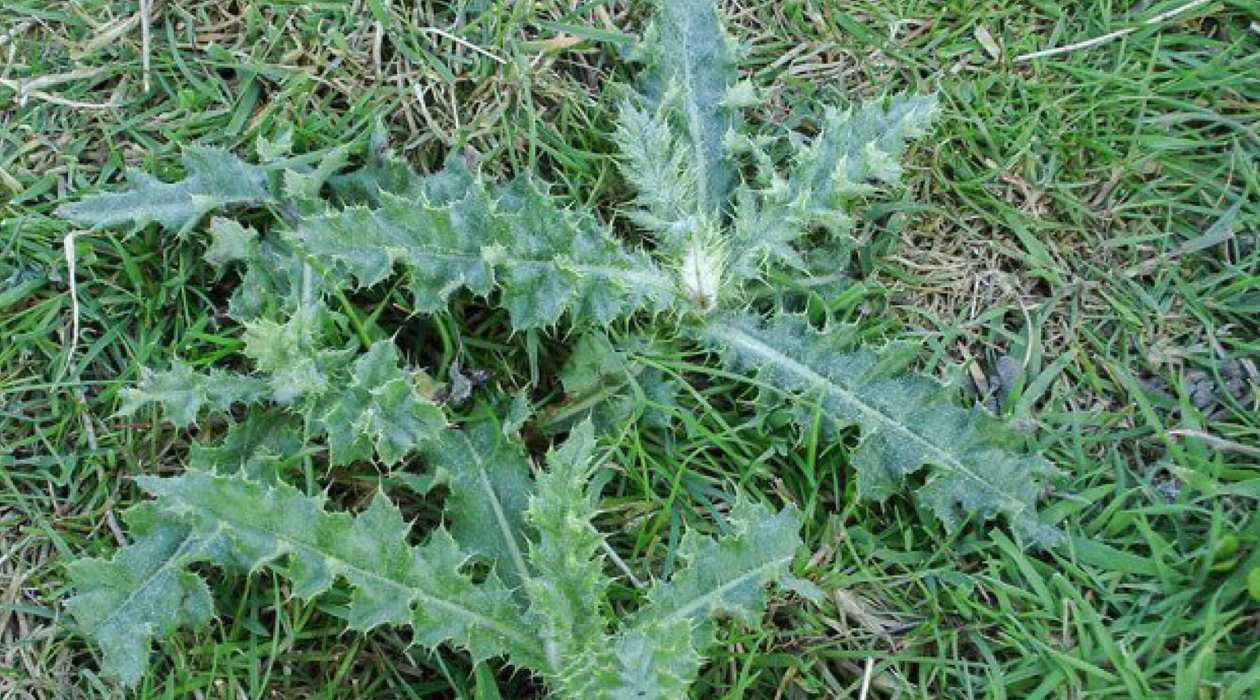
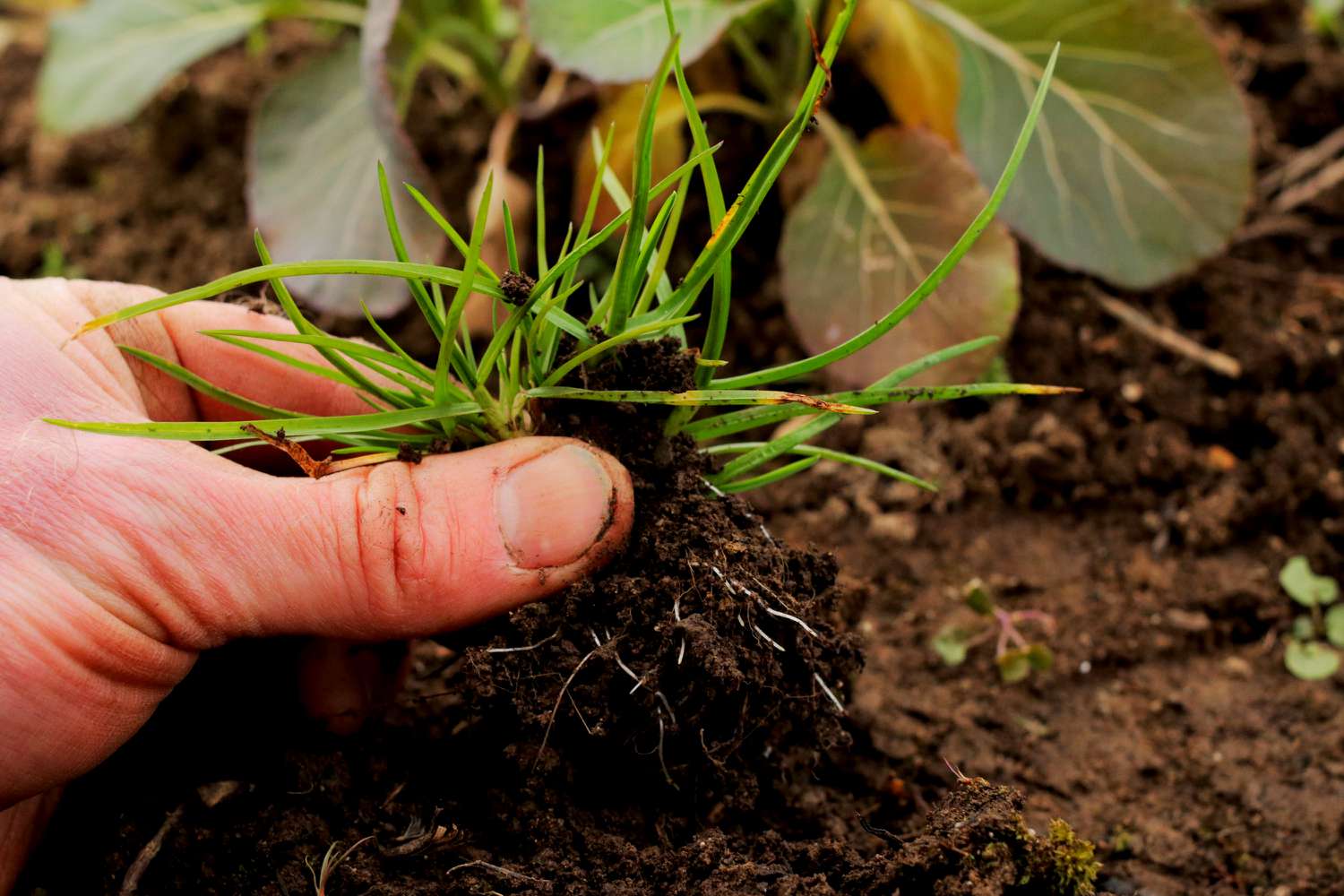
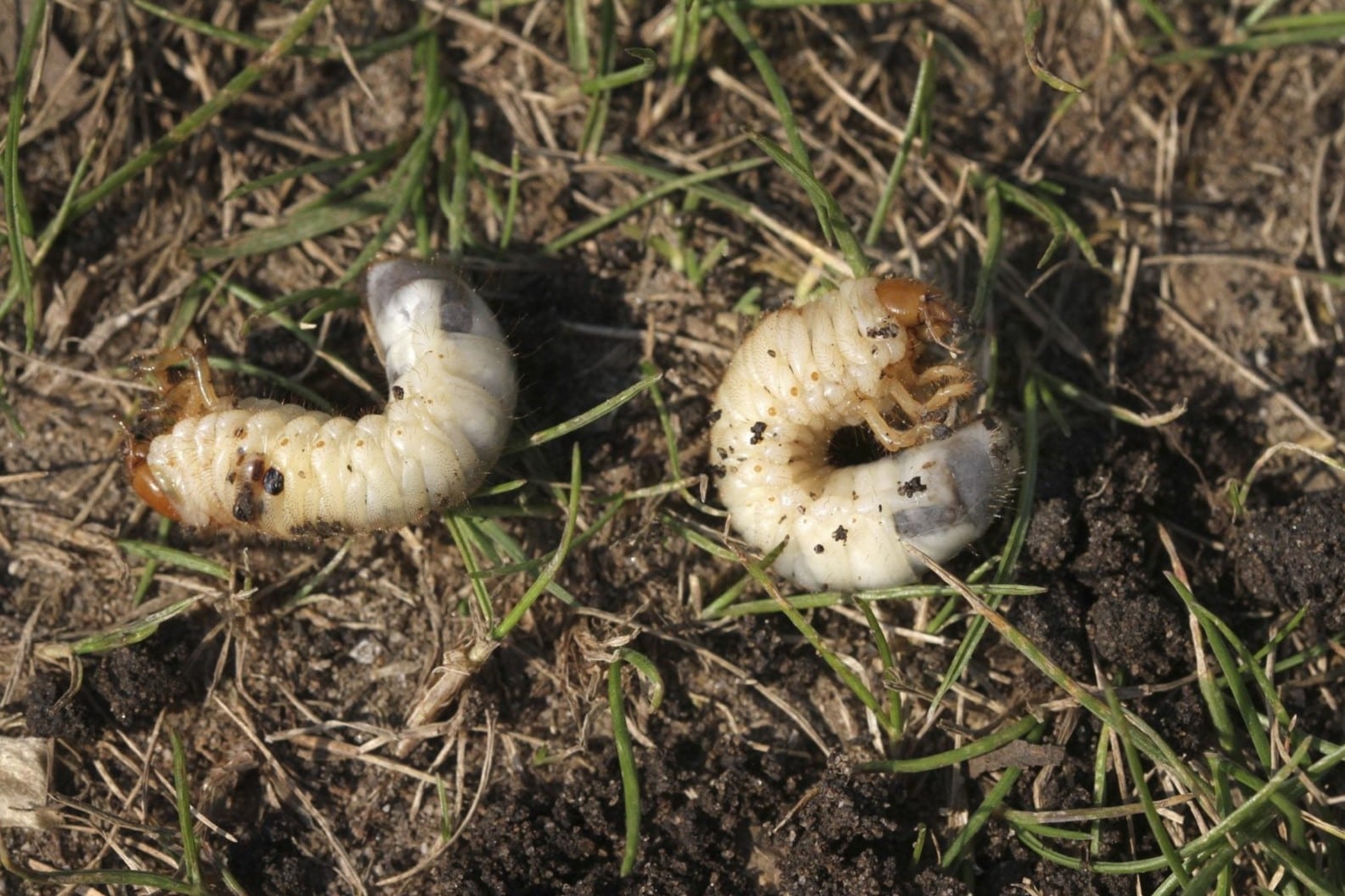
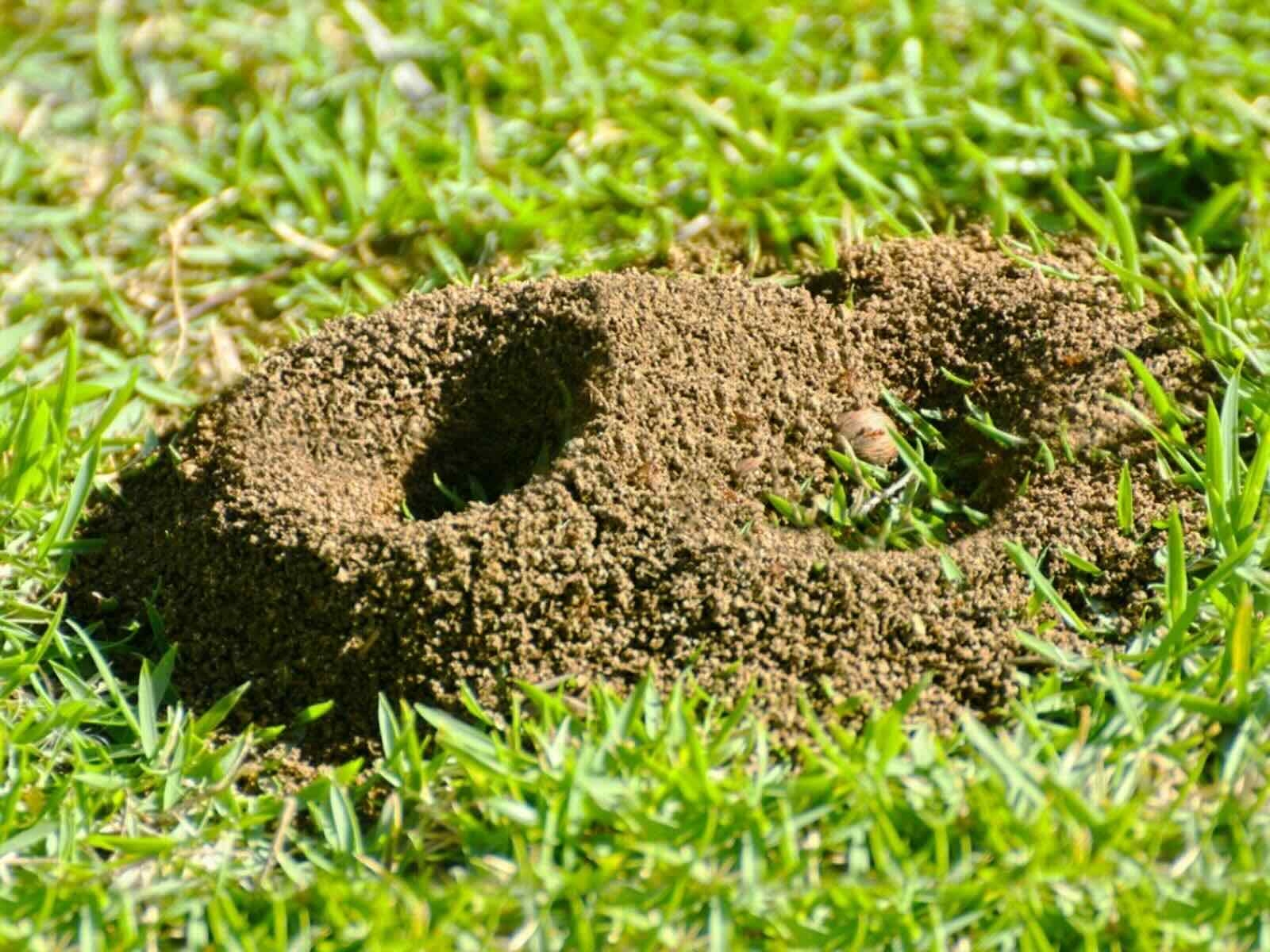
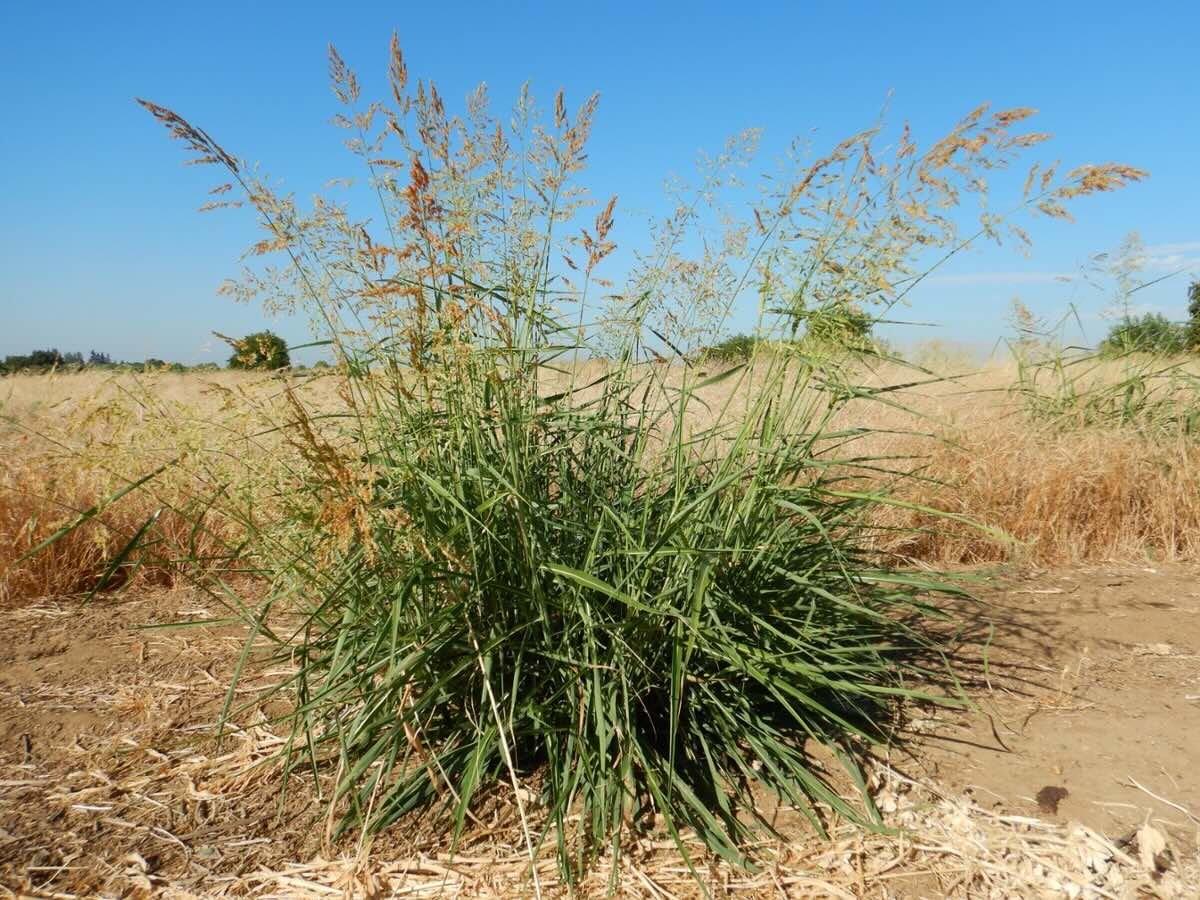
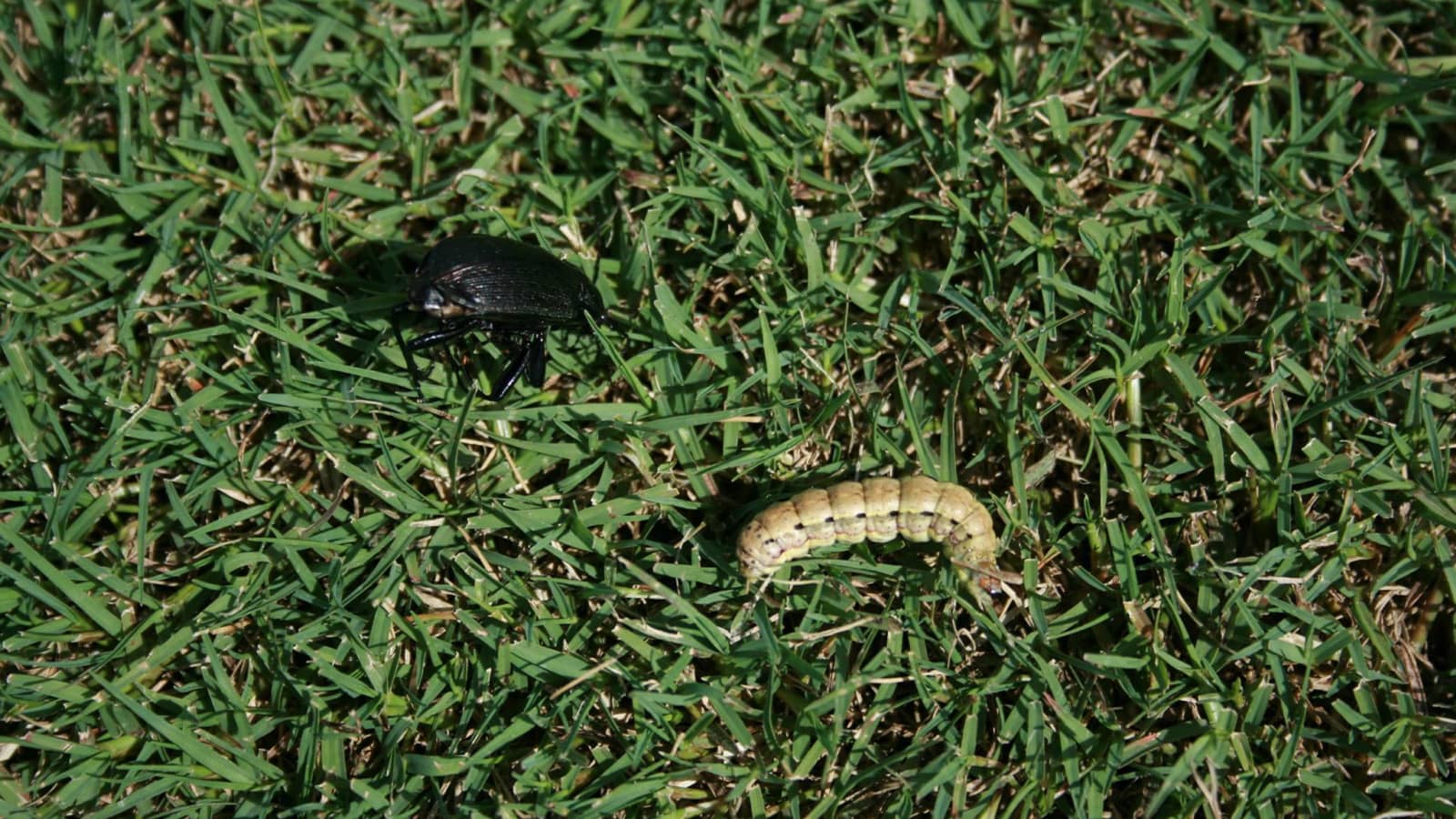
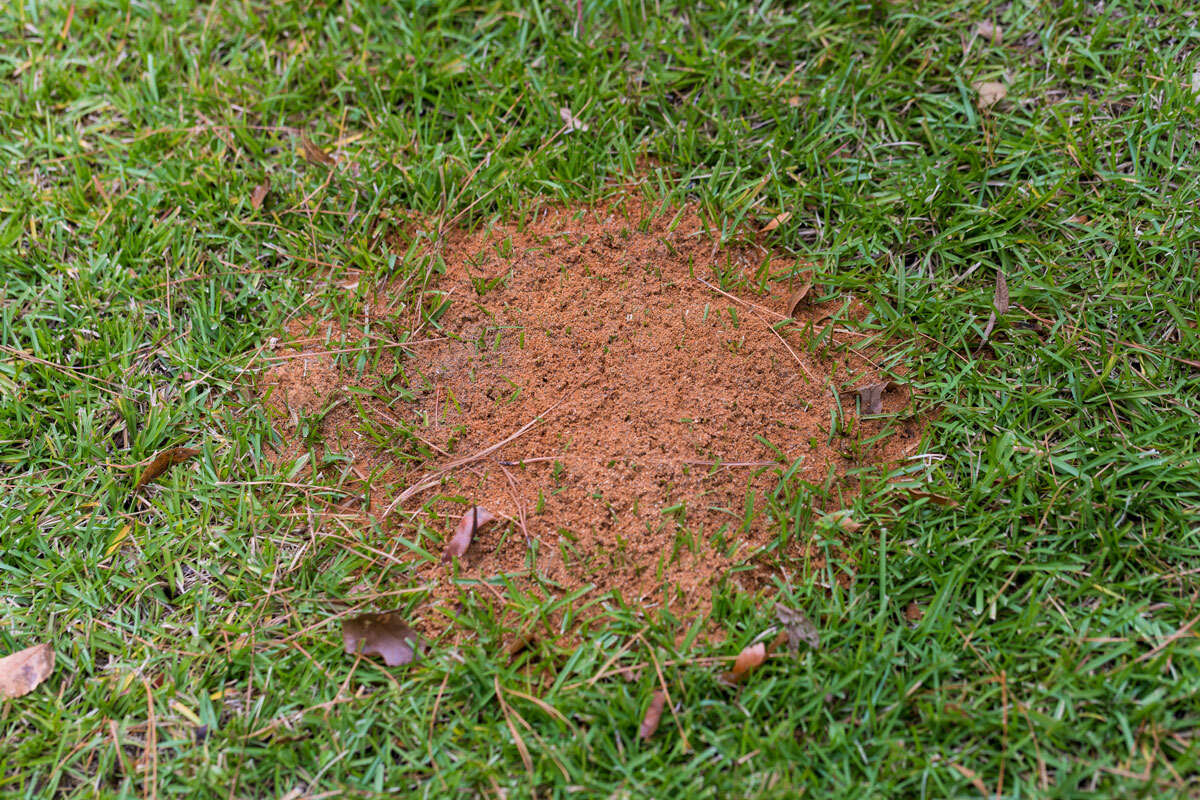
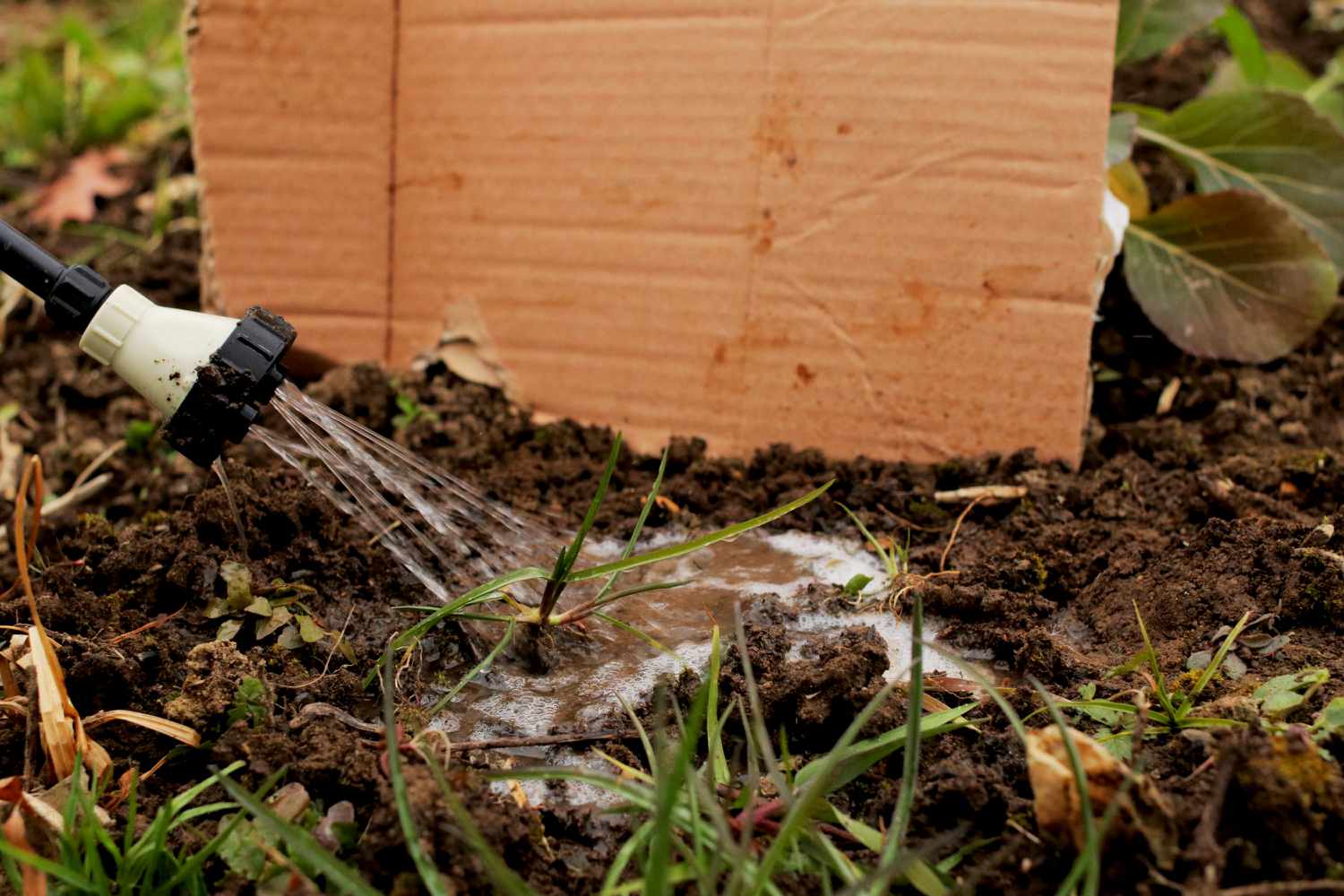
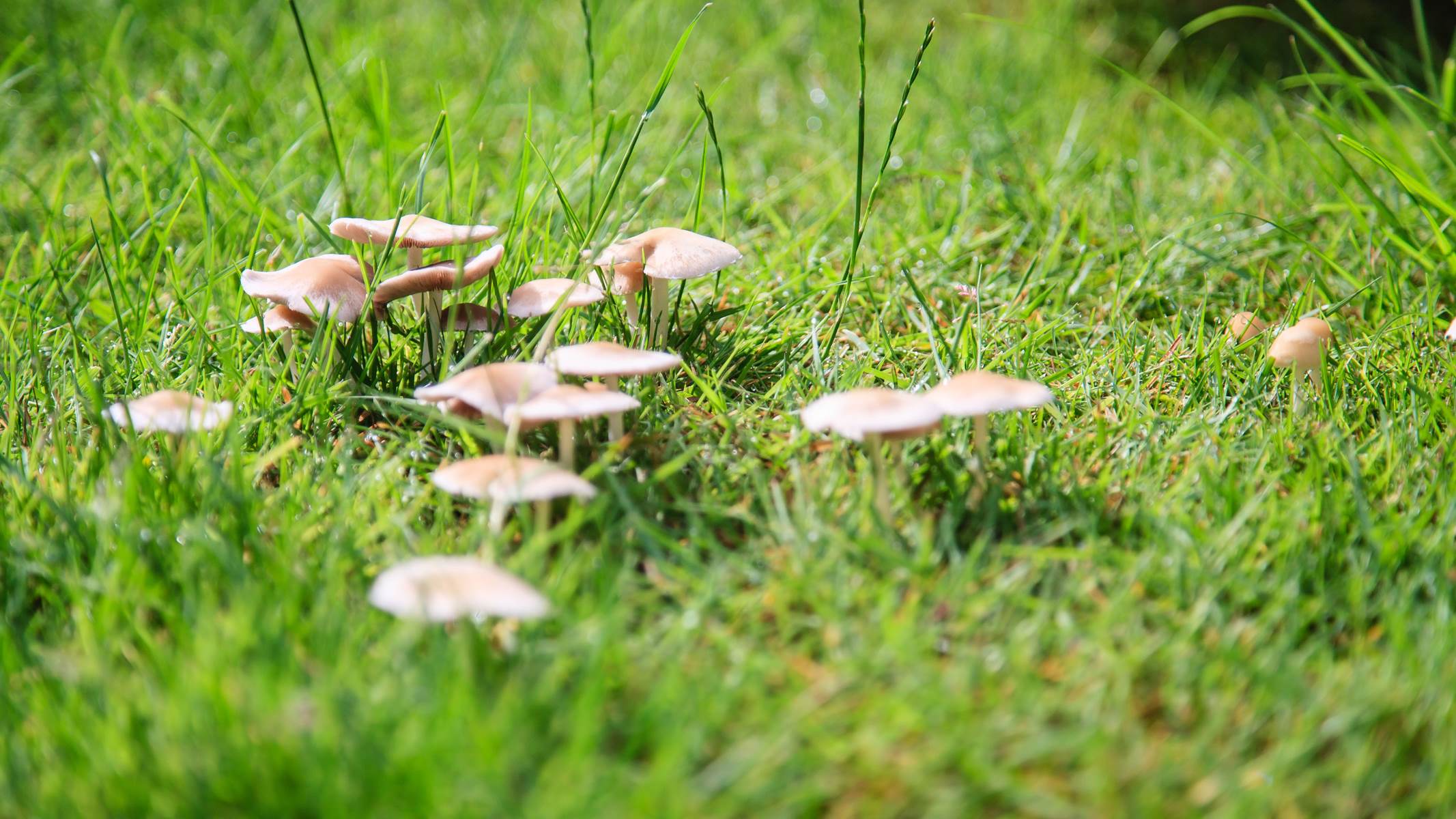
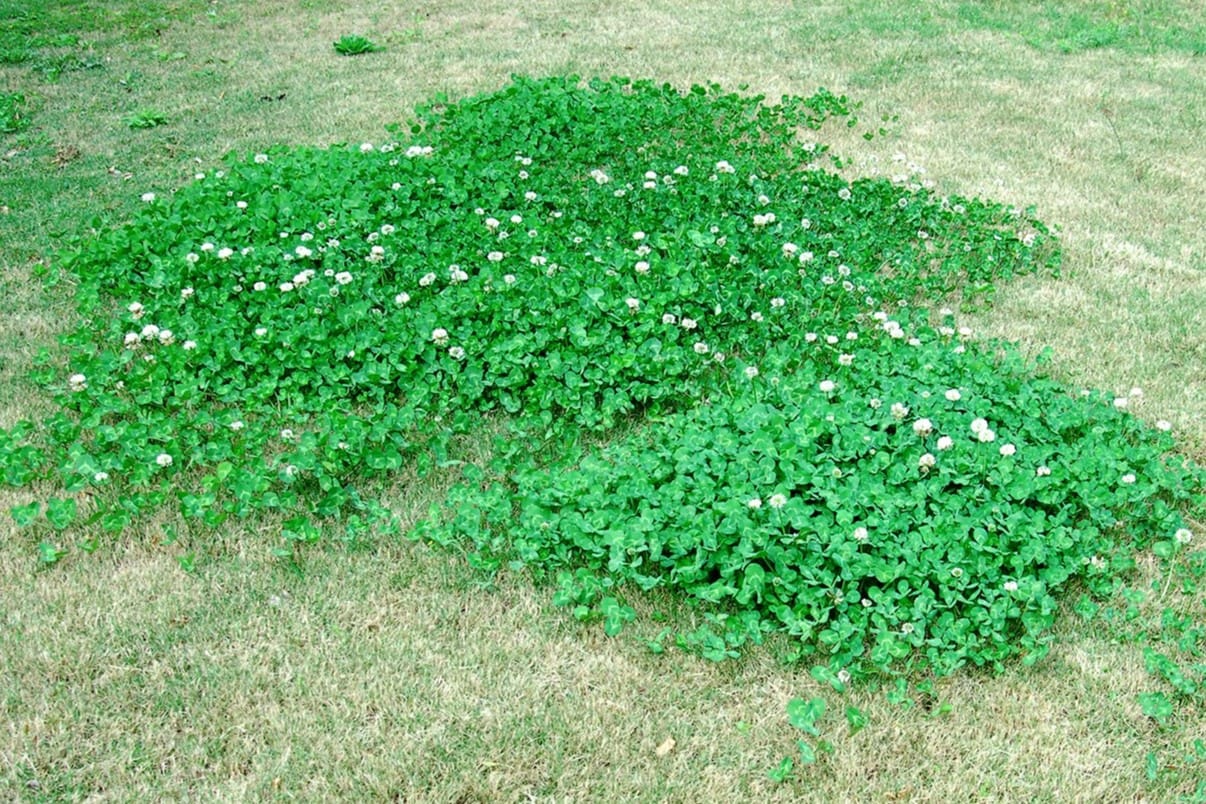
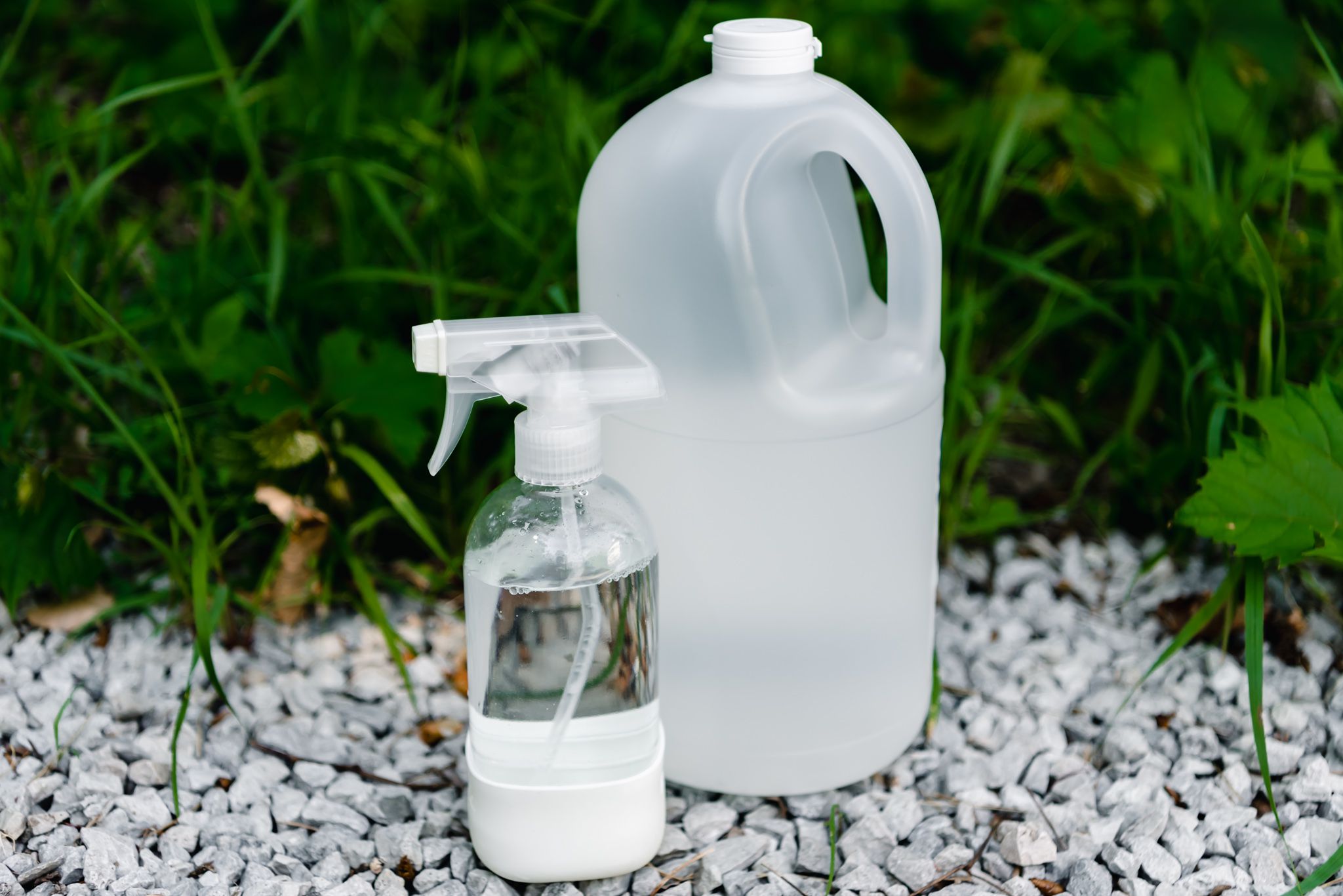
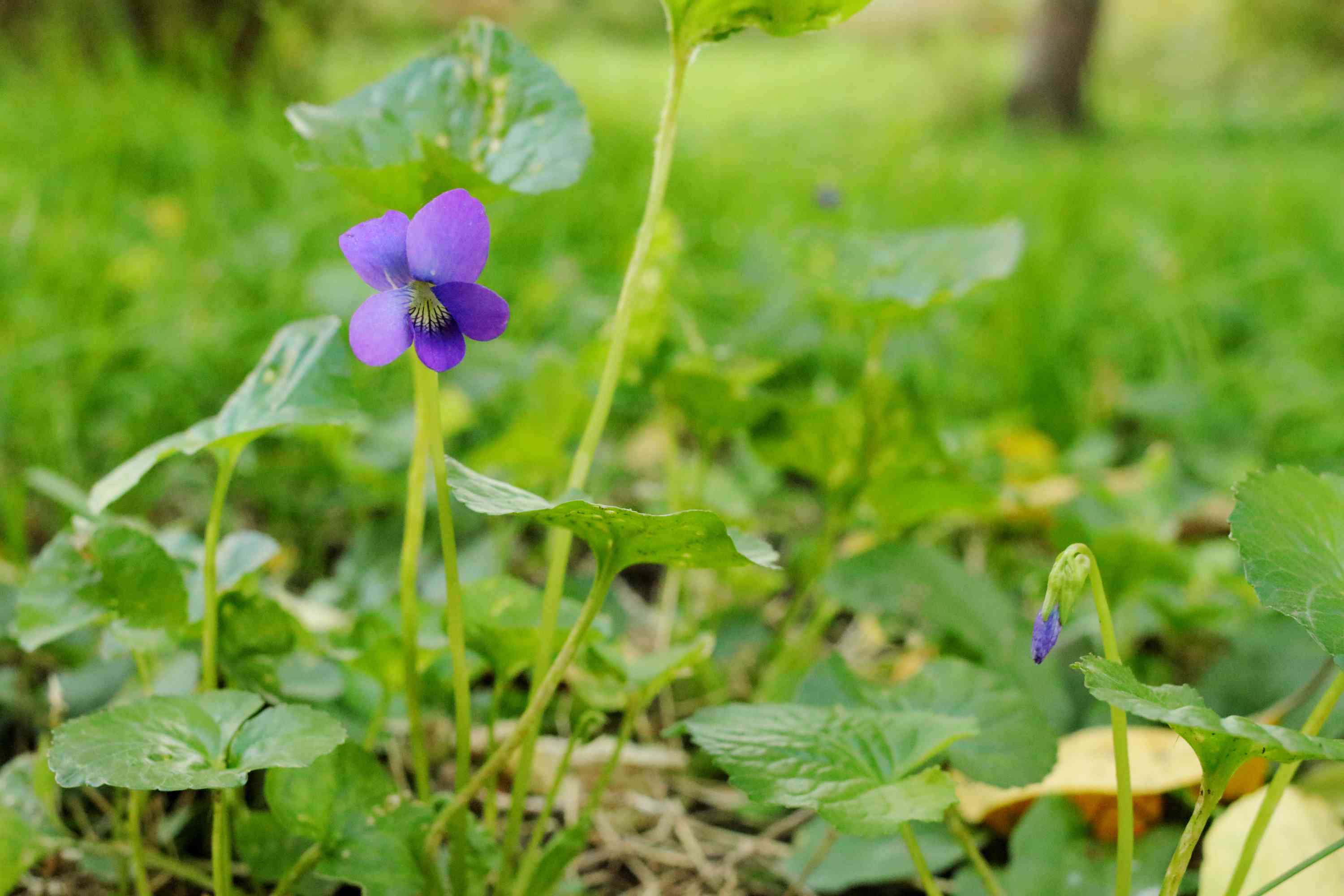
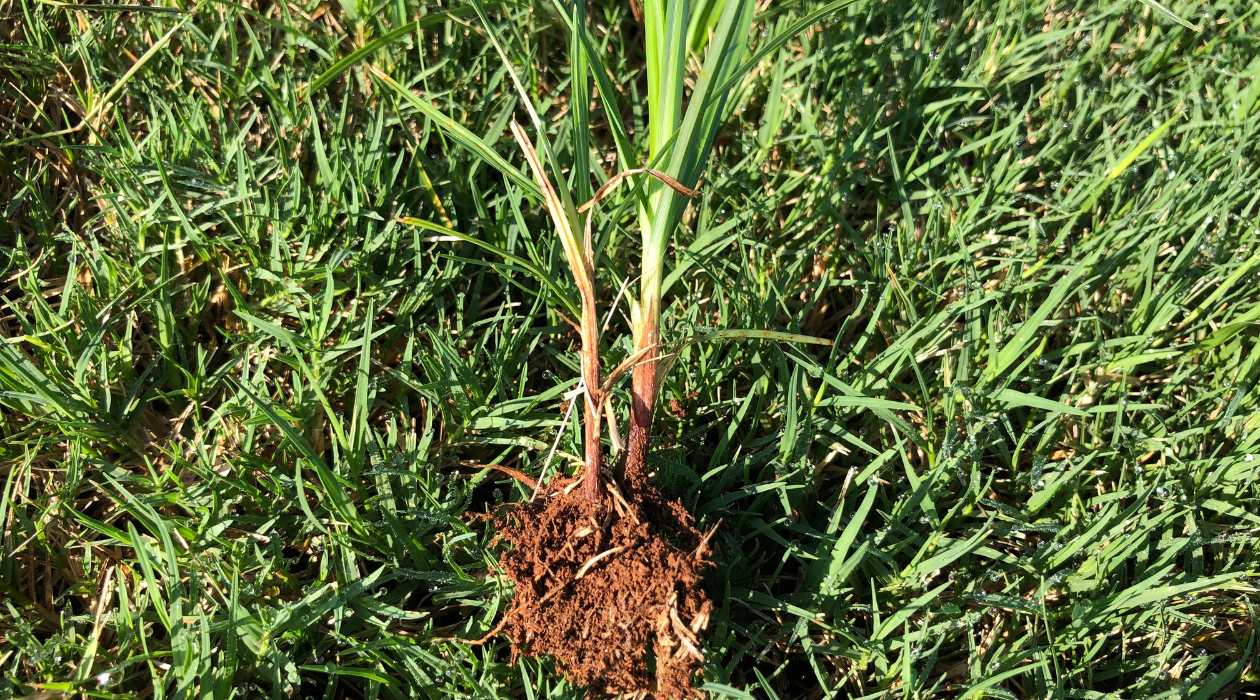

0 thoughts on “What Will Kill Dandelions But Not The Grass”